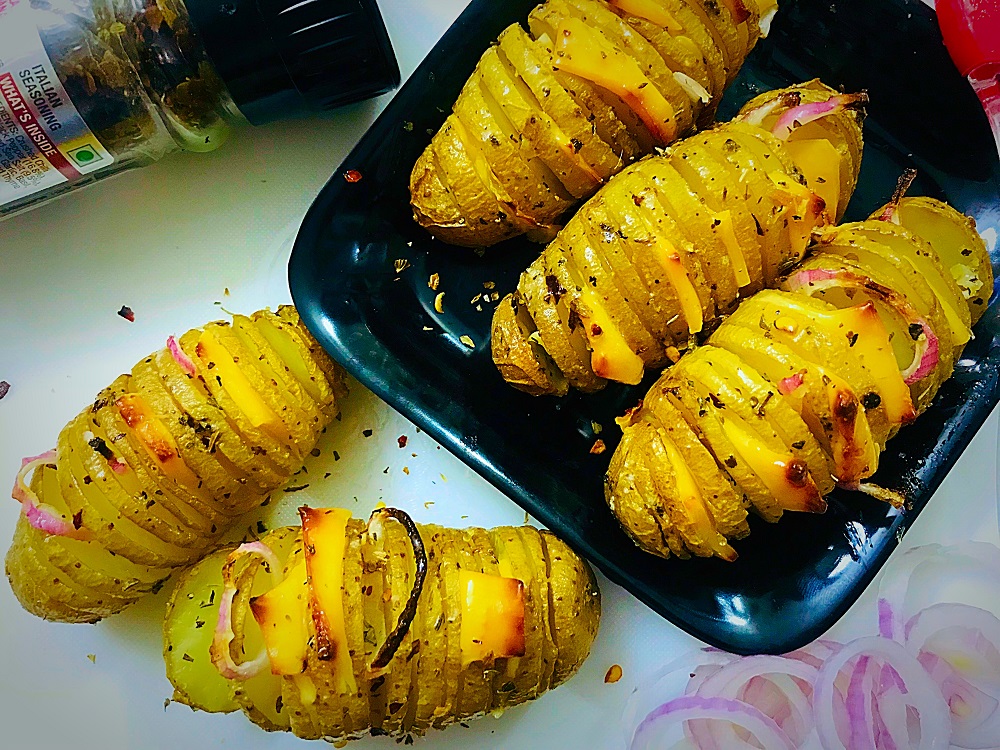Our fight with coronavirus is far from over. But it’s time to welcome the New Year on a celebratory note (keeping in mind COVID protocols!) with Makar Sankranti, Pongal, and Lohri.

The festival of Lohri falls on 13 January, a day before Makar Sankranti (another Hindu festival) when the sun enters into the new sign. It is a popular harvest festival celebrated in the Northern part of India, mainly in Punjab and Haryana. Harvest time for wheat, the main winter crop, starts after the celebration of Lohri. It marks the end of the winter season and the beginning of a new season for the farmers.
More than a festival; Lohri is a day for thanksgiving. Apart from Punjab and Haryana, people from other states have also started participating in the festivity. On this day, people show their gratitude to God for his provisions, care, protection, and blessings.
Amidst the ongoing pandemic and various measures adopted to bring back normalcy in the health and overall life of the masses, these festivities mark a great ray of hope to start the year for many who see it much more than annual celebrations this time.
How to celebrate the festival with your children at home:
Tell your children about the importance and social significance of this festival. Tell them about the sacred bonfire and its association with the sense of togetherness and gratitude for God.
Ask them to help you in cleaning your home, decorating with flowers, and filling pouches with Prasad.
Ask them to wish their friends, relatives, and neighbors ‘Happy Lohri’. (prefer call, video call, or message)
Arrange something to make their evening musical and dance with them to share your joys, around a bonfire.
Prepare a bonfire in the front yard or the terrace of your home and instruct them not to go closer to the bonfire.
Make your offerings to the bonfire and ask your children to distribute the Prasad among all.
Prepare the traditional dinner and serve it to your children in the traditional way around the bonfire.
Be alert and take care of your children while they enjoy the festival around the bonfire.
So, celebrate this festival of prosperity, joy, and sharing with your children in a way that they always remember its importance throughout their lives.
In the evening, gather around the fire with your friends and family, dine on saag and roti, and snack on chikki, peanuts, and popcorn.
Don’t forget to toss snacks into the fire as offerings! Enjoy your loved ones’ company, and sing and dance along to the beat of dhols deep into the night.
Recipe for Sarson Da Saag | Makki Ki Roti | Peanut Chikki
Sarson da Saag
Ingredients
- 5 cups washed and chopped mustard leaves (sarson ke patte)
- 5 cups washed and chopped spinach (palak)
- 1 1/2 tbsp. roughly chopped green chillies
- 1 tbsp oil
- 1 tsp cumin seeds (jeera)
- 1 tbsp finely chopped garlic (lehsun)
- 1 tbsp finely chopped ginger (adrak)
- 1/2 cup finely chopped onions
- 1/4 tsp asafoetida (hing)
- 1/2 tsp turmeric powder (haldi)
- 1 tsp chilli powder
- 1 tsp coriander-cumin seeds (dhania-jeera) powder , optional
- salt to taste
Method
- To make sarson ka saag, boil enough water in a deep non-stick pan, add the mustard leaves, spinach and green chillies, mix well and cook on a high flame for 4 to 5 minutes, while stirring occasionally.
- Strain using a strainer and drain well.
- Refresh it twice in enough cold water immediately and drain well again. Keep aside for 2 to 3 minutes to cool slightly.
- Blend in a mixer to a coarse mixture using ½ cup of water. Keep aside.
- Heat the oil in a non-stick kadhai and add the cumin seeds.
- When the seeds crackle, add the garlic, ginger and asafoetida and sauté on a medium flame for 30 seconds.
- Add the onions and again sauté on a medium flame for 1 to 2 minutes.
- Add the mustard leaves-spinach mixture, turmeric powder, chilli powder, coriander-cumin seeds powder and salt, mix well and cook on a medium flame for 2 to 3 minutes, while stirring occasionally.
- Serve the sarson ka saag hot with makai ki roti.
Makki Ki Roti
Ingredients
- 2 cups maize flour (makai ka atta)
- salt to taste
- maize flour (makai ka atta) for rolling
- butter for smearing
Makes 10 Roti
Methods
- To make makki ki roti, combine the maize flour and salt and knead into firm dough using enough warm water.
- Cover and keep aside for 30 minutes.
- Divide the dough into 10 equal portions and roll out each portion into a 125 mm. (5″) diameter circle with the help of a little maize flour for rolling.
- Heat a non-stick tava (griddle) on a high flame and when hot, place the roti gently over it.
- Cook it till small blisters appear on the surface. Turn over the roti and cook for few more seconds.
- Cook it on an open flame till it puffs up and brown spots appear on both the sides.
- Repeat with the remaining dough portions to make 9 more makki ki rotis.
- Smear butter on top of the makki ki roti and serve hot.
Peanut Chikki
Ingredients
- 2 cups chopped jaggery (gur)
- 2 cups roasted peanut halves
Methods
- To make peanut chikki, heat an aluminium kadhai on a high flame.
- Add the jaggery, mix well and cook on a high flame for 2 minutes, while stirring continuously.
- Lower the flame to slow and keep stirring continuously for 3 minutes, till it forms foam and changes the colour.
- Switch off the flame and keep stirring for few more seconds.
- Add the roasted peanuts and mix very well.
- Put it on a greased platform, while mixing it upside down using a flat ladle.
- Pat the mixture, with greased hands and roll it using a greased rolling pin to make 275 mm. (11”) diameter circle.
- While rolling make sure it does not stick on the platform. If it sticks, loosen it using a flat ladle, and roll again.
- Cut immediately using a sharp knife into equal squares. Cool completely.
- Break the peanut chikki into pieces and store it in an airtight container in a cool and dry place.
What’s Trending:
Here’s what you need to know about WhatsApp’s new privacy policy.
WhatsApp’s new privacy policy notes that when users rely on “third-party services or other Facebook Company Products that are integrated with our Services, those third-party services may receive information about what you or others share with them.” Read More:
![]()






